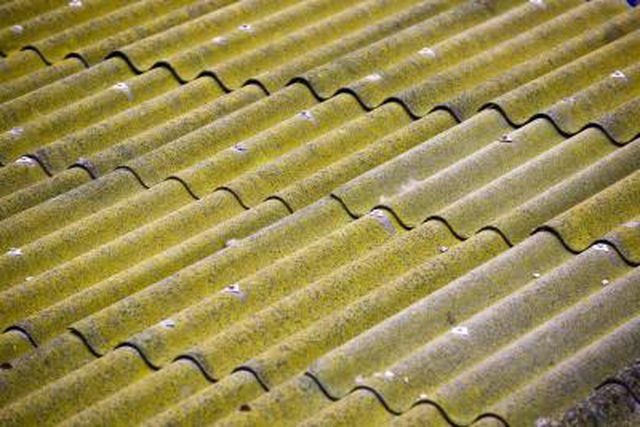Bulbs
Flower Basics
Flower Beds & Specialty Gardens
Flower Garden
Garden Furniture
Garden Gnomes
Garden Seeds
Garden Sheds
Garden Statues
Garden Tools & Supplies
Gardening Basics
Green & Organic
Groundcovers & Vines
Growing Annuals
Growing Basil
Growing Beans
Growing Berries
Growing Blueberries
Growing Cactus
Growing Corn
Growing Cotton
Growing Edibles
Growing Flowers
Growing Garlic
Growing Grapes
Growing Grass
Growing Herbs
Growing Jasmine
Growing Mint
Growing Mushrooms
Orchids
Growing Peanuts
Growing Perennials
Growing Plants
Growing Rosemary
Growing Roses
Growing Strawberries
Growing Sunflowers
Growing Thyme
Growing Tomatoes
Growing Tulips
Growing Vegetables
Herb Basics
Herb Garden
Indoor Growing
Landscaping Basics
Landscaping Patios
Landscaping Plants
Landscaping Shrubs
Landscaping Trees
Landscaping Walks & Pathways
Lawn Basics
Lawn Maintenance
Lawn Mowers
Lawn Ornaments
Lawn Planting
Lawn Tools
Outdoor Growing
Overall Landscape Planning
Pests, Weeds & Problems
Plant Basics
Rock Garden
Rose Garden
Shrubs
Soil
Specialty Gardens
Trees
Vegetable Garden
Yard Maintenance
Making Raised Beds from Galvanized Roofing Tins
Making Raised Beds from Galvanized Roofing Tins. Raised beds offer higher yields per square foot of garden and are easier to maintain than traditional beds, according to the Ohio State University Extension website. They also make it easier to have optimal garden soil; just buy some and dump it in. In addition, raised beds are a little warmer than...

Raised beds offer higher yields per square foot of garden and are easier to maintain than traditional beds, according to the Ohio State University Extension website. They also make it easier to have optimal garden soil; just buy some and dump it in. In addition, raised beds are a little warmer than beds placed directly in the earth, leading to a longer growing season. Most raised beds are made of wood, but an attractive and inexpensive bed can also be made of galvanized tin used for roofing. The instructions here are for a bed 12-by-5 feet.
Things You'll Need
Wood stakes
Hammer
Measuring tape
Eight 30-inch metal posts (cut from chainlink fence posts)
Band saw
Sledgehammer
1/4 lb. of 2-inch metal screws
32 feet of 1 1/2-foot-wide corrugated tin (cut from 3-foot-wide pieces)
64 feet of 1-by-3-inch lumber cut from 1-by-6-inch planks
Circular saw
Clamps
1/8 lb. 2-inch galvanized deck screws
Quality garden soil
Mark the location of the bed by measuring out its dimensions and pounding one stake into each corner with a hammer.
Cut the metal posts with a band saw, so they will be as tall as the bed plus 1 foot.
Remove one wooden stake and replace it with one prepared metal post, pounding it in place with a sledgehammer if your soil is hard. One foot of the post should be below the ground. Continue removing the wooden stakes and replacing them with metal ones.
Secure the corrugated tin to the metal posts using 2-inch metal screws.
Cut the wood planks in half along their length, using a circular saw. They should be the correct length for the bed and 3 inches wide.
Place the wood against the top outer edge of the tin, clamping it into place. Screw the wood into the posts with 2-inch metal screws.
Cut more wood so itís the correct length to place a safety "seal" on the sharp top edge of tin. Cut the ends at a 45-degree angle. Screw the wood "seal" into the wood edging using 2-inch deck screws.
Pour high quality garden soil into the finished raised bed.
Tips & Warnings
Some gardeners feel pressure treated wood isnít safe for edibles. An alternative is redwood or composite.
Be sure to build the raised bed where it will receive at least six hours of sun each day.
The tin can be sharp enough to cut skin. For protection, wear thick leather gloves until the safety "seal" is in place.